Since the 1990’s 3D technology has gone hand in hand with the film spurned by the with the growth of special effects. CGI has become commonplace in movies and is used to create designs of characters, creatures, objects, explosions, planets, entire universes even. But movies are not just CGI. Props are an important part of filmmaking which helps sets and even characters come to life. There is no doubt that the use of 3D printers in the film industry is becoming more promising: producers, filmmakers, propmakers, and costume designers are lately utilizing 3D printing to save time and money while creating astonishing effects for us to enjoy.
Mixing real objects, accessories, and costumes with CGI is essential to get optimum results, but it means that studios and investors need more and more money, and making films has become very expensive. 3D printing can in these cases be used both to augment special effects, create inexpensive props, be used for stop motion, and generally can be used to save costs.
During the last couple of years 3D printed props, models, and costumes made their appearance in movies. One of these movies even won an Oscar last weekend for Best Costume Design while another won an Oscar for best special effects. Here are some of the most interesting uses of 3D printing in the movies:
Black Panther (2018)
Black Panther is a superhero film based on the Marvel Comics character of the same name. Produced by Marvel Studios and distributed by Walt Disney Studios Motion Pictures, it tells the story about T’Challa who is crowned king of Wakanda following his father’s death, but his sovereignty is challenged by an adversary who plans to abandon the country’s isolationist policies and begin a global revolution. Black Panther has recently won an Oscar for Best Costume Design for Ruth Carter’s amazing work.
The movie takes place in a technologically advanced environment with several futuristic gadgets, therefore, it was important that costumes reflected that aesthetic. Carter, in charge of the movie’s costume design, created a series of sketches, illustrations, and digital patterns. To bring them to life, Julia Koerner, an inter-disciplinary designer specialized in 3D printed wearables helped Carter. She used an on-demand 3D printing service and created a collection of cutting-edge accessories fit for Queen Ramonda played by actress Angela Bassett.
Jurassic World (2015)
From the classic Jurassic Park film series, Jurassic World is a science fiction adventure film directed by Colin Trevorrow and written by Derek Connolly. The movie takes place 22 years after the events of Jurassic Park, in the fictional Central American island of Isla Nublar, where a theme park of cloned dinosaurs has operated for nearly a decade.
Jurassic World got closer to reality thanks to 3D printing. The team used 3D scanning and 3D printing to create replicas of prehistoric artifacts by 3D scanning original bones and fossils and to help them create 3D printable models.
Thanks to 3D printers, the team had the chance to print dinosaur skeletons. By doing some modifications to their 3D files, they were able to create males, females, and adolescents. Additive manufacturing gave them a lot of freedom to adjust the design of dinosaurs to make them look as realistic as possible.
Star Wars: The Force Awakens (2015)
Star Wars: The Force Awakens is a space opera film produced, co-written and directed by J. J. Abrams. The Force Awakens is set 30 years after Return of the Jedi, the film follows Rey, Finn, and Poe Dameron’s search for Luke Skywalker and their fight alongside the Resistance, led by General Leia Organa and veterans of the Rebel Alliance, against Kylo Ren and the First Order, a successor to the Galactic Empire.
A lot of props and costumes have been 3D printed for this Star Wars movie and all of them were created under the supervision of practical special effects and costume design Michael Kaplan. The famous Stormtroopers helmet, large portions of the shiny chrome Stormtrooper armor, Kylo Ren’s red lightsaber, and some parts of C3PO have been manufactured using 3D printers. The main advantage of using 3D printers was that this manufacturing technique allowed the movie to get props quite quickly and with great accuracy.
Chase Me (2015)
Chase Me is a 3D printed film created by the French digital artist Gilles-Alexandre Deschaud. The short film was entirely made from 3D printed parts. The story begins with a girl playing the ukulele as she walks through a magical forest. As she walks, her shadow evolves into a monster that chases her through the woods. Every frame of the film was first designed by the artist in CG and later processed into 3D prints.
This short animated film took a total of two years to make, ten months of nonstop 3D printing, four months of CG animation, and 2,500 3D printed pieces. The set and characters were printed in 100-micron resolution, and bigger pieces, like the tree in the forest, were printed in 22 individual parts and later assembled.
ParaNorman (2012)
ParaNorman is a stop-motion animated comedy horror film produced by Laika and Directed by Sam Fell and Chris Butler. It is the first stop-motion film to use a 3D color printer to create character faces, and only the second to be shot in 3D. The film tells the story about Norman, a young boy who can communicate with ghosts, is given the task of ending a 300-year-old witch’s curse on his Massachusetts town.
The team that worked on this movie wanted to create various facial emotions for the same character. To do this, they used 3D printers to create all the faces with different facial emotions. Norman was then capable of 1.5 million expressions. For the 27 characters with 3D printed faces, the rapid-prototyping department output 31,000 parts, which they were stored and cataloged in a face library. One 27-second shot required 250 different faces for a single character, so each face was marked by tiny fissures where the components fit together. Later on, a “seam team” removes the fine lines in postproduction.
How are the props made with 3D printing?
Starting off, a 3D model is created on the computer or 3D scanned from a physical object. Creating a digital file allows the props to be optimized to the design production require before finalizing the data for 3D printing. The thin layers are composed of drops or powders or filaments, according to the corresponding technologies. By repeating these steps, the three-dimensional object is build up layer by layer. After printing, the excess material is removed to uncover the raw prop. In order to ready a print for the big screen, prop makers use their skills and bring the prop to life.
Further potential for film and other industries
Phil O’Connell has been observing the trend of applying 3D printing technology in the entertainment industry for some time. He argues that “application cases from the world of art, museums and archeology, merchandising to commercials and store design are becoming more common at our 3D service center. The reason is obvious, there is no simpler method for duplicating rare findings and for reconstructing or generating historic templates, statues or skeletons than in 3D printing. 3D scanning is a non-invasive method of digitally replicating objects and our 3D printers are powerful and big enough to face exciting projects of almost any size. We’ve printed many maquettes for set and light planning as well as set detailing – let’s see how long it takes to print an entire film set”. Furthermore, “our 3D prints can also be cast in a number of materials using, for example, a two-part silicone mold with a fiberglass jacket”, which is oftentimes used to recreate part of bodies.
As illustrated above, there are several motivations why the production of props through additive manufacturing can be a time-saving and economic opportunity. In terms of speed, scalability and complexity, precision and reproduction, as well as fine detailing, 3D printing offers benefits compared to conventional production methods. It is always fascinating to see how the movie industry develops over time to create mesmerizing imagery. For that reason, one should bear in mind that this would not be possible without the work of skilled and talented model makers, sculptors, and 3D printers. Although the production of props may remain the same, the tools used to create them will change.

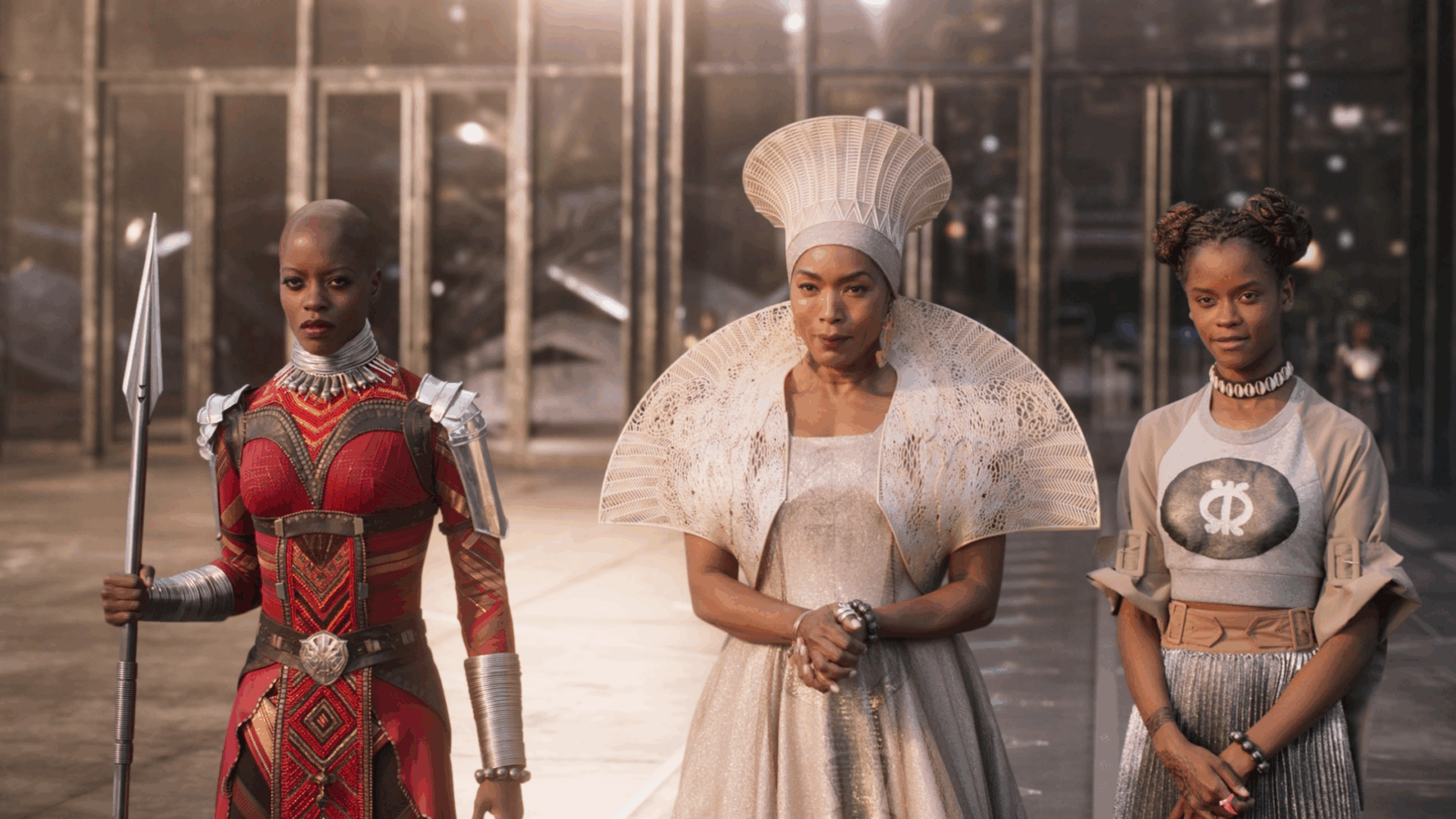
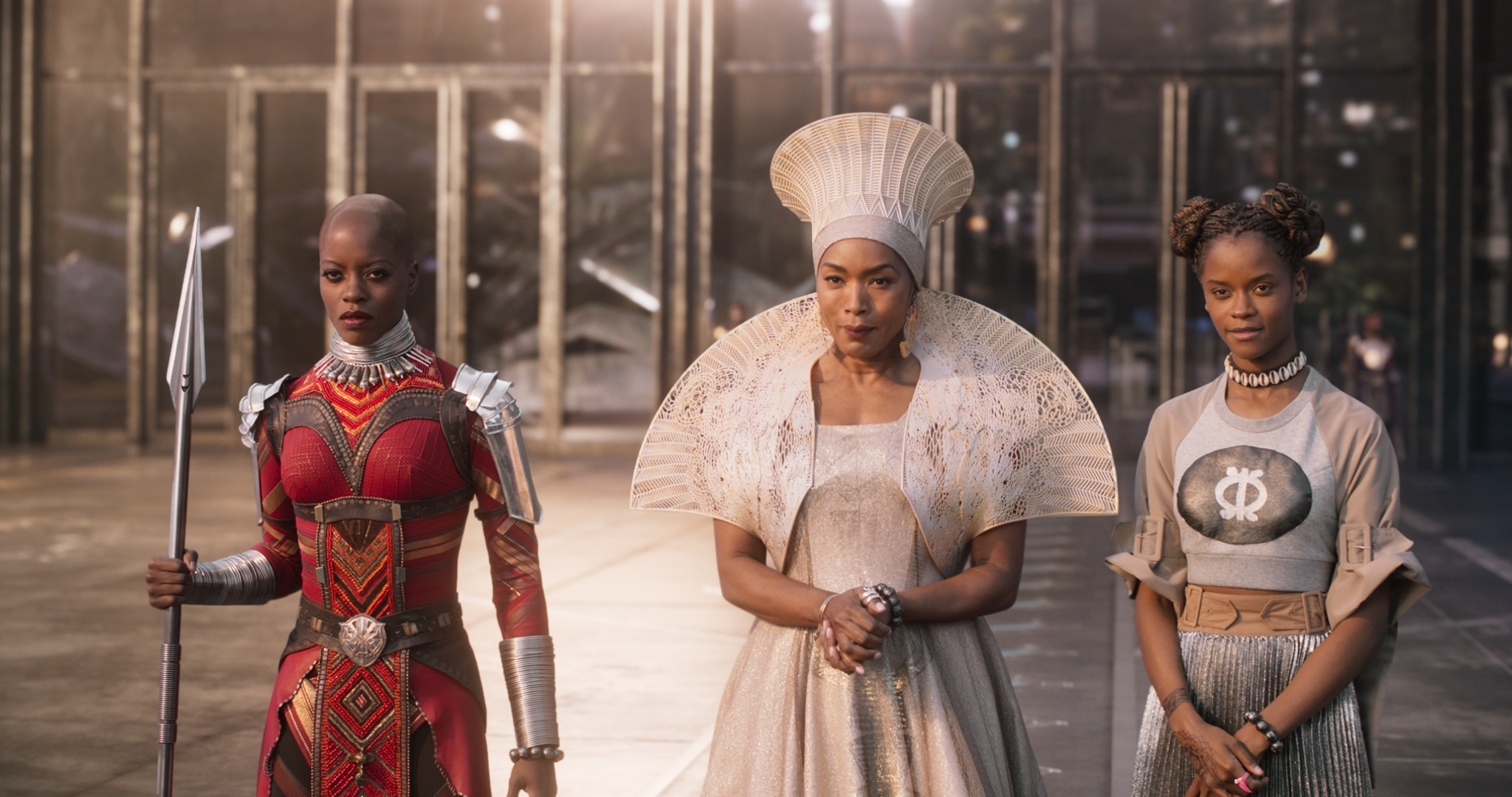
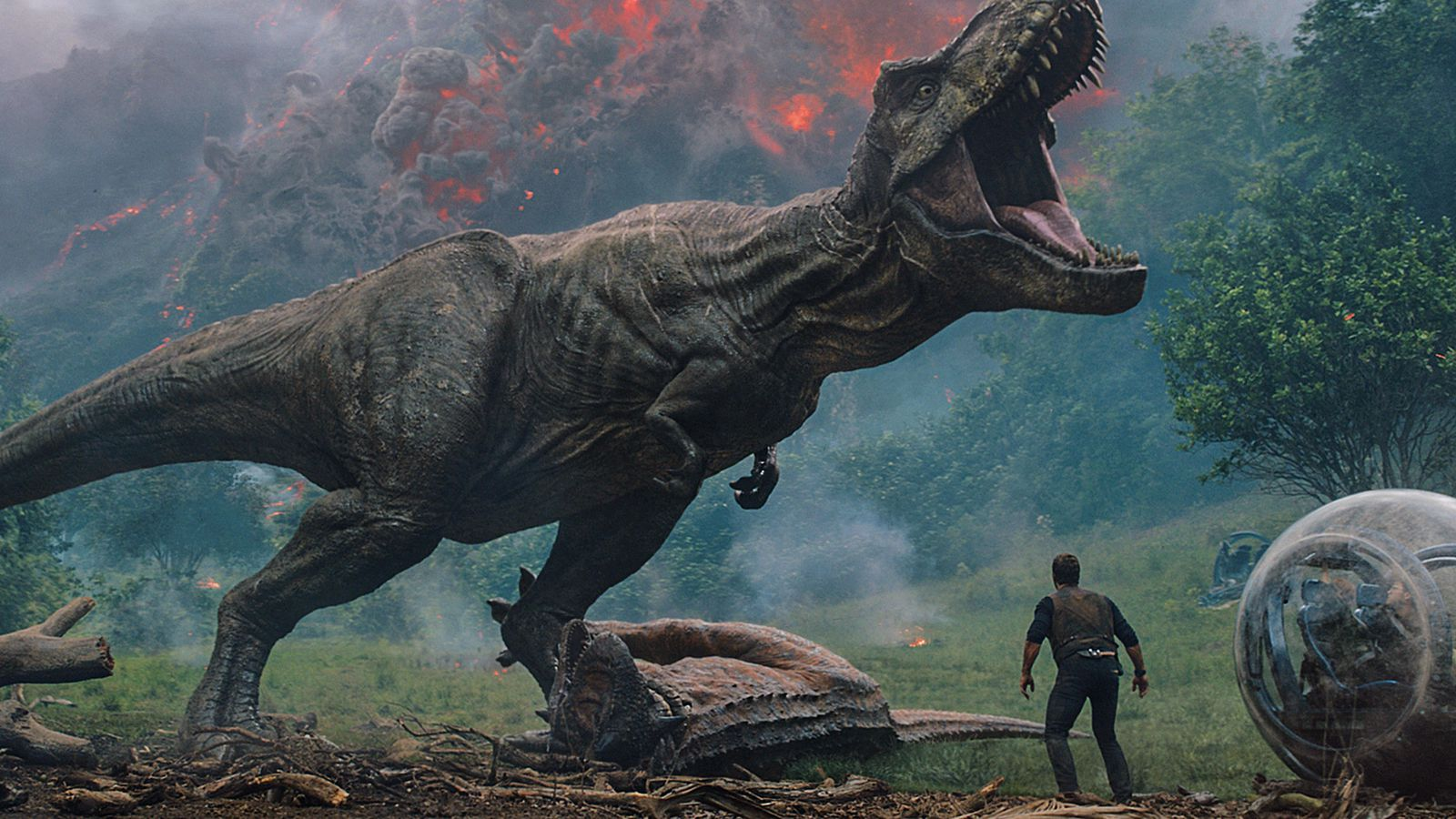
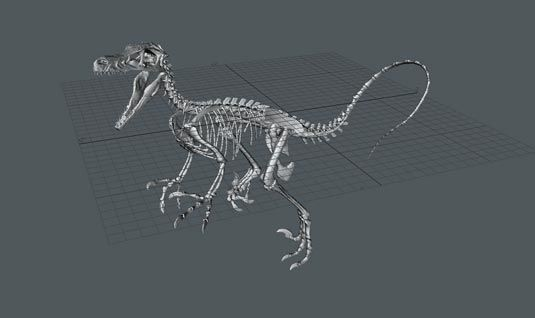
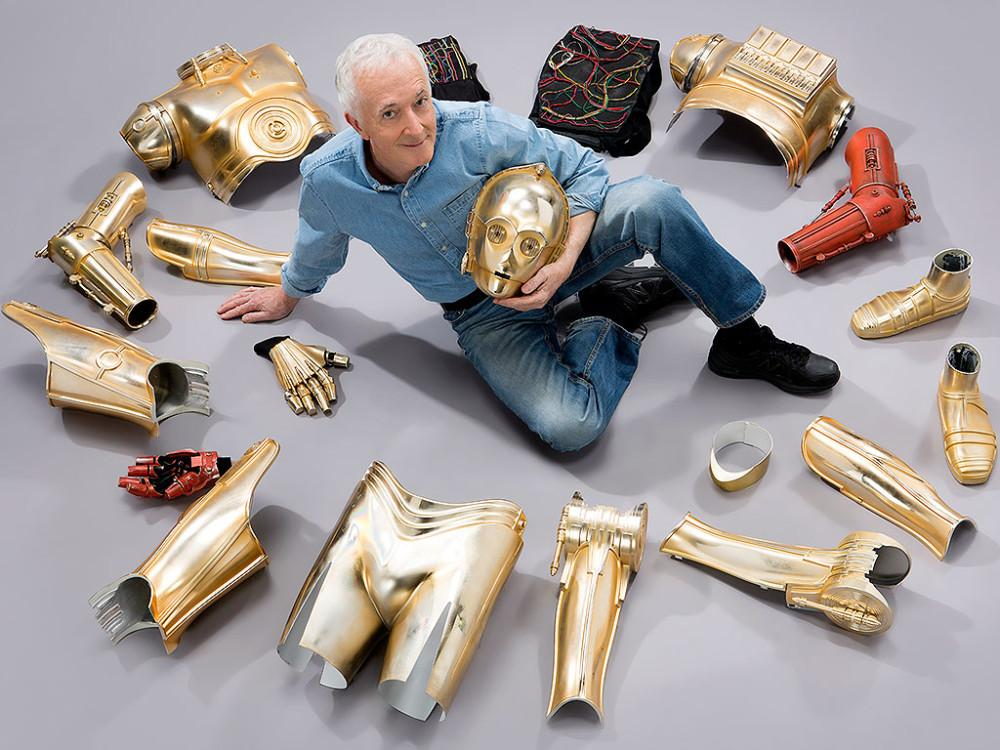
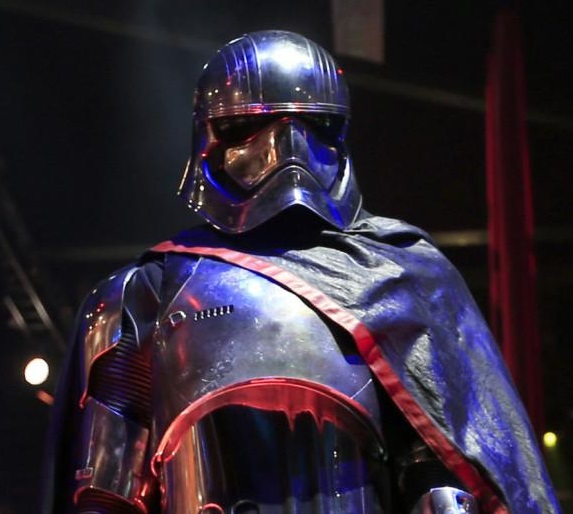
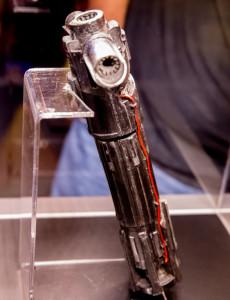
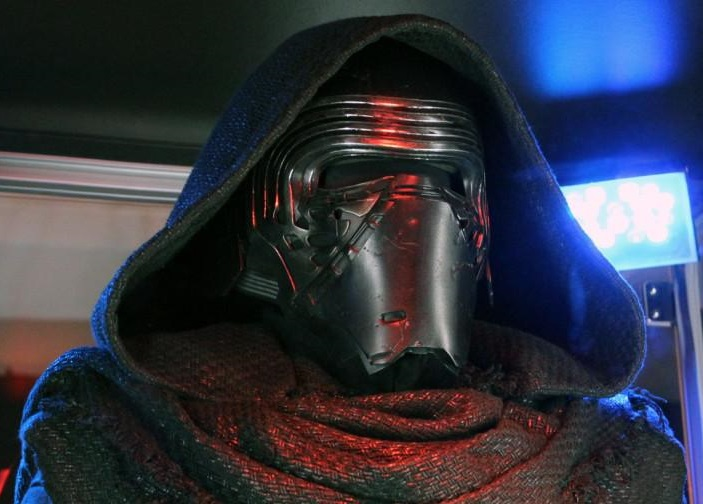

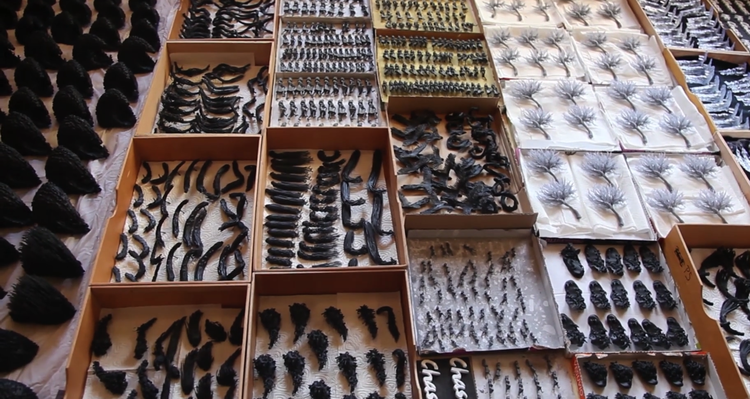
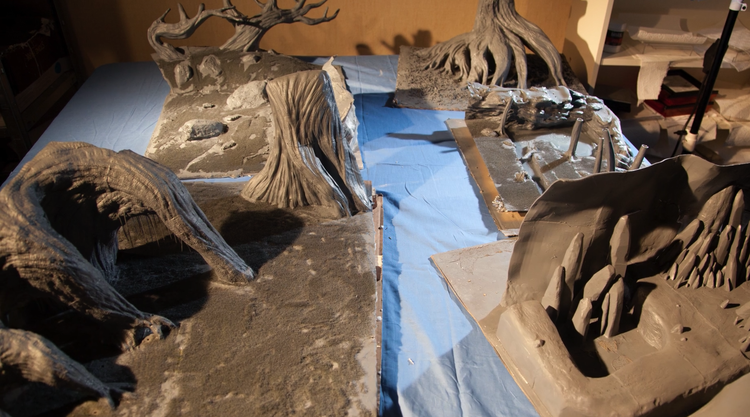
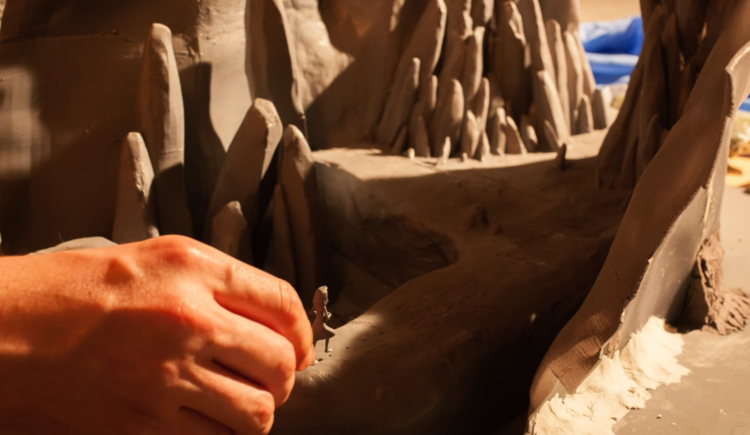
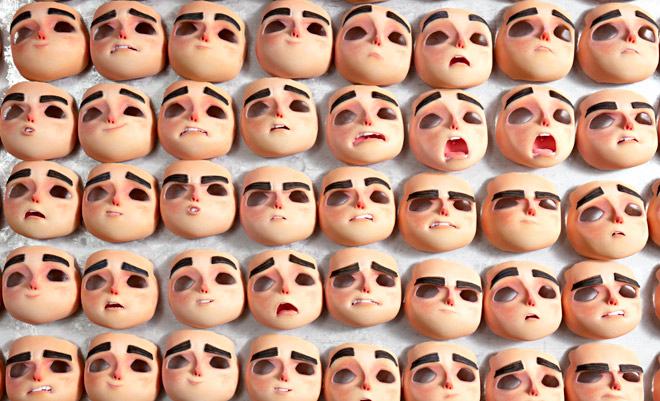
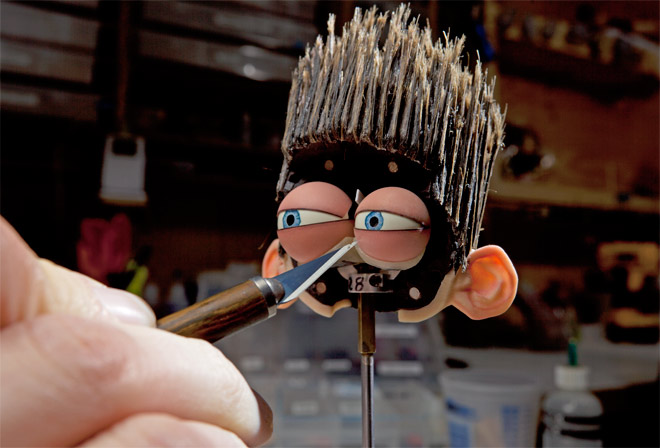
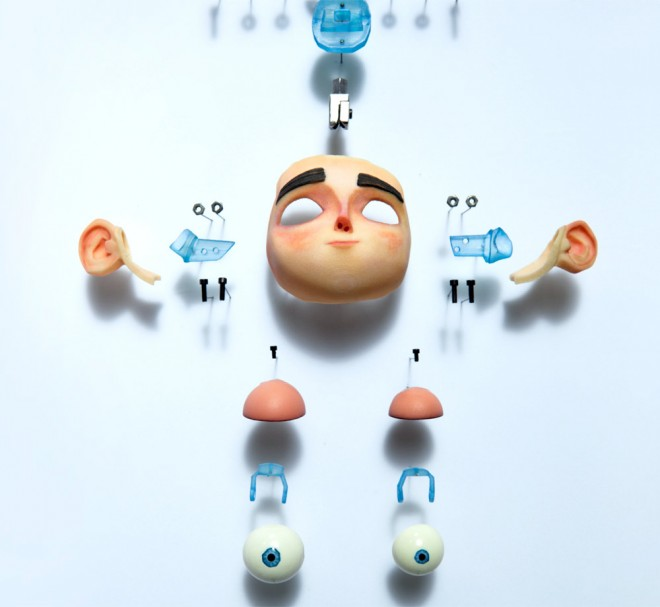
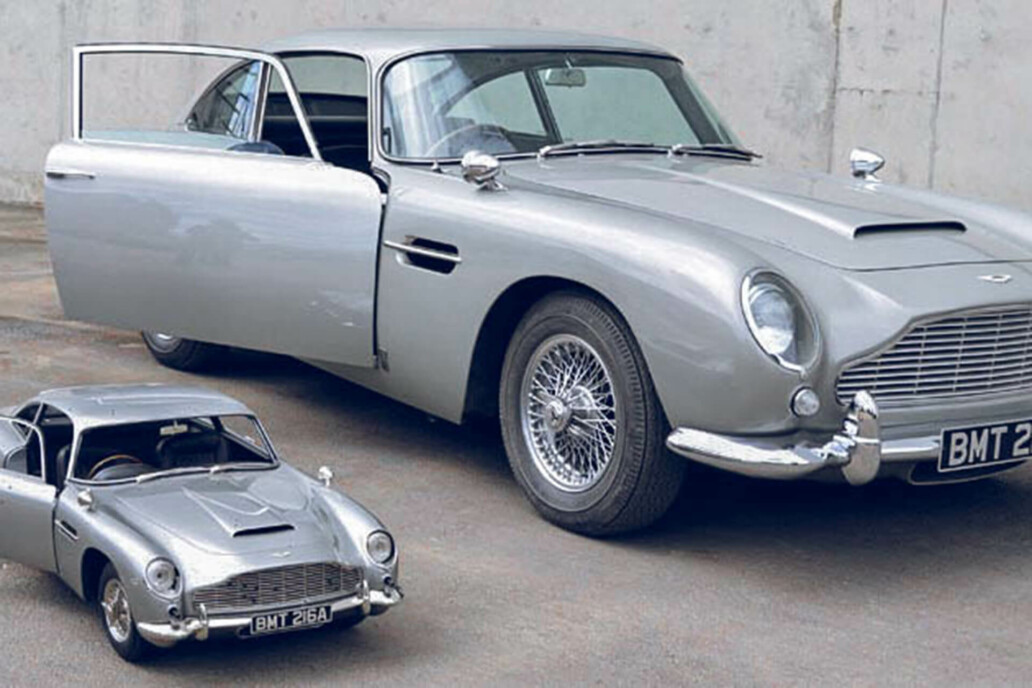
Leave A Comment